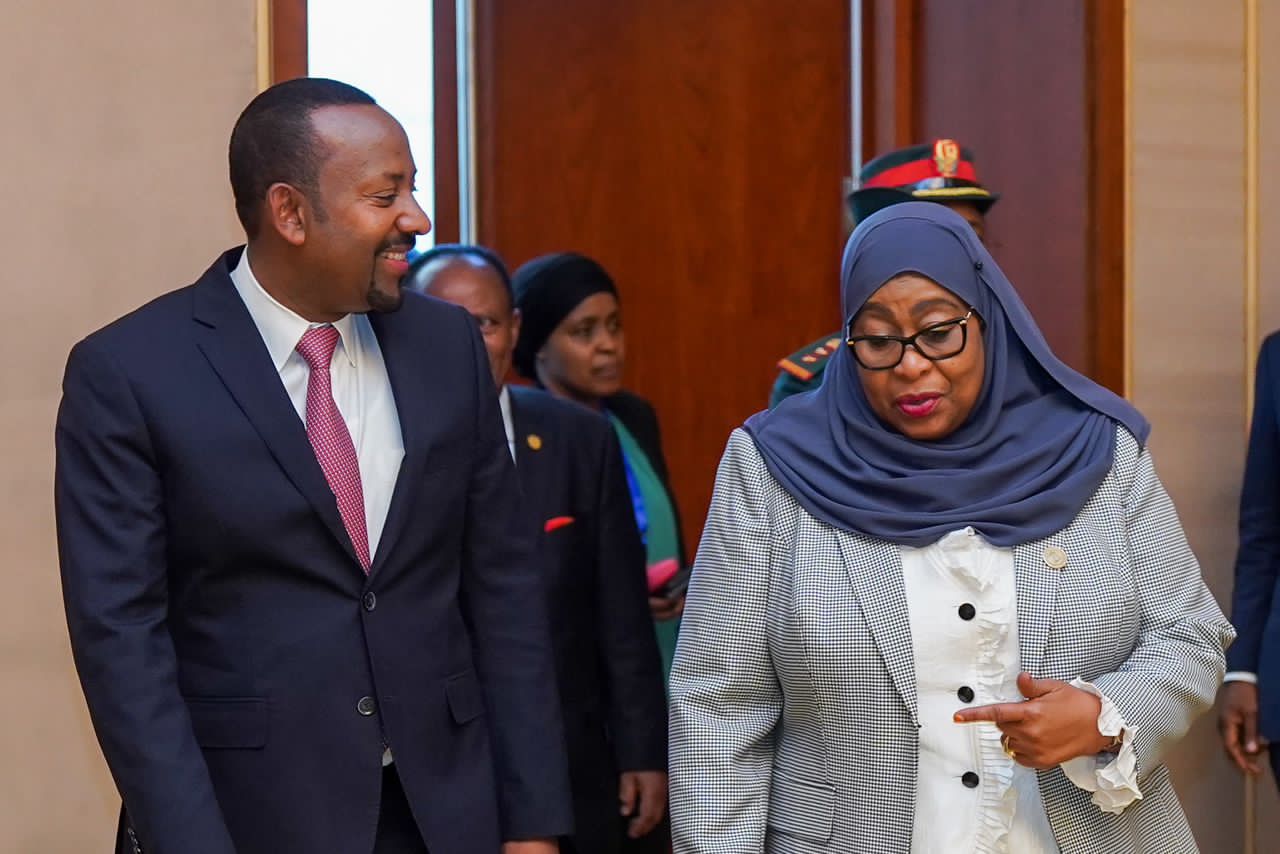Facebook Twitter (X) Instagram Somali Magazine - People's Magazine
Ethiopia has officially started exporting electricity to Tanzania for the first time, marking a major step forward in East Africa’s regional energy cooperation. The power is being delivered through Kenya’s high-voltage electricity network, which serves as a key link between the two countries.
The pilot power transmission was recently carried out through Kenya’s 400kV Suswa–Isinya transmission line. The electricity, generated in Ethiopia, traveled through this line and then connected to the Kenya–Tanzania interconnector. During the trial, the power load on the line increased from 225 megawatts to 262 megawatts. This increase proved that the system can handle cross-border electricity flow smoothly and reliably.
The success of this trial not only highlights Kenya’s role as a regional electricity transit hub but also confirms Ethiopia’s position as an emerging power supplier in East Africa. It is the first time that Tanzanian households and industries are receiving Ethiopian electricity through a shared regional infrastructure.
This milestone comes under the Eastern Africa Power Pool (EAPP), a group of 13 countries working together to improve electricity access and stability across the region. The idea behind the EAPP is simple: share electricity resources so that countries with extra power can supply those with shortages. This ensures that homes and businesses across East Africa have more reliable electricity.
Ethiopia already supplies about 200 megawatts of electricity to Kenya under a long-term agreement. With this new pilot to Tanzania, the country is expanding its reach and influence in regional energy trade. Ethiopia’s ability to supply electricity comes from its strong investment in hydropower projects, including the Grand Ethiopian Renaissance Dam (GERD), which has boosted the country’s generation capacity.

The success of this trial was made possible by joint efforts from both governments and international partners. Kenya’s National Treasury, along with organizations like the World Bank, African Development Bank, French Development Agency, and European Investment Bank, provided the funding needed to build the high-voltage transmission lines. These efforts are part of a broader regional vision to connect the power grids of Eastern and Southern Africa, allowing electricity to be shared more efficiently across borders.
Connecting national grids means that countries can help each other during times of need—such as droughts that affect hydroelectric power or other electricity shortages. It also helps lower electricity costs and supports regional development.
For Tanzania, this move adds a new source of energy to its grid, helping to improve access and reliability. For Kenya, it strengthens its position as a strategic power transit country. And for Ethiopia, it boosts its economic and diplomatic standing as a key electricity exporter in the region.
Overall, this pilot marks a turning point in how East African countries collaborate on energy. It shows that with the right infrastructure, cooperation, and investment, countries can work together to solve power challenges and build a more connected and resilient energy future.
This is not just about electricity—it’s about regional unity, economic growth, and shared progress. As the project moves from pilot to full-scale operation, it’s expected to bring long-term benefits to millions of people across Ethiopia, Kenya, and Tanzania.

